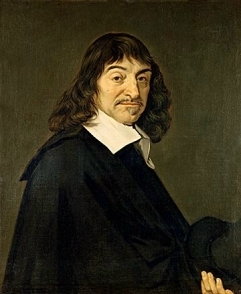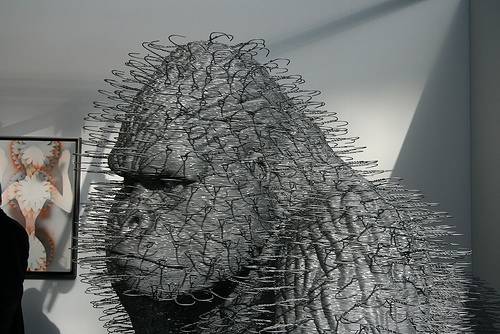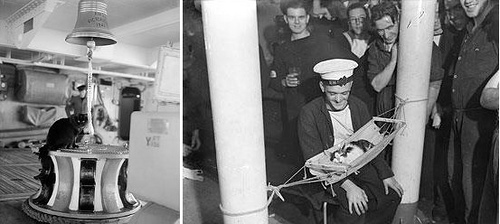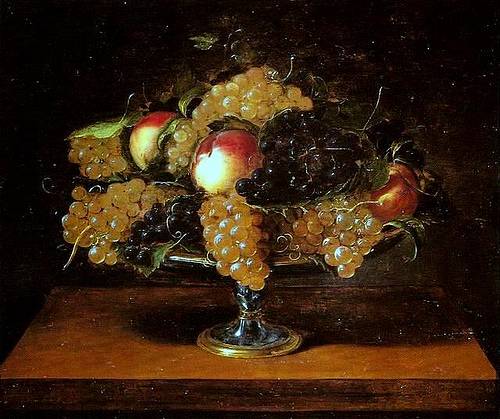
Dog Sprawl
The largest city in human history is modern Tokyo, with a population of around 35 million. That’s a pretty big mammal colony, but it’s nowhere near the record.
In 1901 scientists discovered a “town” of 400 million prairie dogs in Texas. It covered more than 23,000 square miles — an area larger than Costa Rica.
Cogito Ergo Zoom

Another great man who lost his head after death: René Descartes. The French philosopher died in Sweden in 1650 and was interred there for 16 years. When his body was exhumed for return to France, the ambassador appropriated his right index finger (“the instrument of immortal writing”) and, apparently inspired, one of the Swedish guards took the skull, engraving on it “Descartes’ skull, taken and carefully kept by Israel Planstrom when the body was sent to France and hidden since that time.”
The skull bounced around Europe for 150 years, with various owners carving their names on it; it was discovered missing only when the coffin was opened again in 1819. A Swedish chemist, no doubt rolling his eyes, tracked it down and returned it to the French academy.
Bonus beheading: When Sir Walter Raleigh was executed in 1618, his head was embalmed and given to his wife. She kept it until her death in 1647, when it was returned to Raleigh’s tomb in Westminster Abbey.
For those keeping score, our list now includes Descartes, Raleigh, Joseph Haydn, Oliver Cromwell, Jeremy Bentham, and Albert Einstein. Keep ’em coming.
(Thanks, Sarah.)
King Prong

A gorilla made of coat hangers. David Mach’s 2007 sculpture Silver Back won him a place in the Guinness Book of Records for “largest coat hanger installation”; it’s not clear how much competition he had.
The whole piece is 7 feet tall, 9 feet long, and 5 feet wide, and it required 2,705 hours and 7,500 hangers to make.
“Strange Phenomenon”
Seeing so many meteorological phenomena in your excellent paper, Knowledge, I am tempted to ask for an explanation of the following, which I saw when on board the British India Company’s steamer Patna while on a voyage up the Persian Gulf. In May, 1880, on a dark, calm night, about 11.30 p.m., there suddenly appeared on each side of the ship an enormous luminous wheel whirling round, the spokes of which seemed to brush the ship along. The spokes would be 200 or 300 yards long, and resembled the birch rods of the dames’ schools. Each wheel contained about sixteen spokes, and made the revolution in about twelve seconds. One could almost fancy one heard the swish as the spokes whizzed past the ship, and, although the wheels must have been some 500 or 600 yards in diameter, the spokes could be distinctly seen all the way round. The phosphorescent gleam seemed to glide along flat on the surface of the sea, no light being visible in the air above the water. The appearance of the spokes could be almost exactly represented by standing in a boat and flashing a bull’s-eye lantern horizontally along the surface of the water round and round. I may mention that the phenomenon was also seen by Captain Avern, commander of the Patna, and Mr. Manning, third officer. Lee Fore Brace.
— Knowledge, Dec. 28, 1883
See Light Show for a remarkably similar account.
In a Word
suggillate
v. to beat black and blue
recumbentibus
n. a knockdown blow
Ships’ Cats

British sailors had some furry help during World War II. Tiddles (left) spent his whole life aboard Royal Navy aircraft carriers, traveling some 30,000 miles with them. He was born at sea on HMS Argus and was later promoted to captain’s cat on HMS Victorious. He’s pictured in July 1942 at his favorite station, on the after capstan, where he could play with the bellrope.
Convoy, the ship’s cat on HMS Hermione, was so named because he often accompanied the ship on convoy escort duties. He was listed in the ship’s book and given a full kit, including his own hammock. He went down with 87 of his shipmates when the Hermione was torpedoed in 1942.
“In a cat’s eyes,” runs an English proverb, “all things belong to cats.”
Unquote

Always eat grapes downwards–that is, always eat the best grape first; in this way there will be none better left on the bunch, and each grape will seem good down to the last. If you eat the other way, you will not have a good grape in the lot. Besides, you will be tempting Providence to kill you before you come to the best.
This is why autumn seems better than spring: in the autumn we are eating our days downwards, in the spring each day still seems ‘very bad.’ People should live on this principle more than they do, but they do live on it a good deal; from the age of, say, fifty we eat our days downwards.
— Samuel Butler, Notebooks, 1912
A Curious Conversation
You’re standing with your friends Val and Colin when a stranger approaches and shows you 16 cards:
A♥ Q♥ 4♥
J♠ 8♠ 7♠ 4♠ 3♠ 2♠
K♣ Q♣ 6♣ 5♣ 4♣
A♦ 5♦
He shuffles the cards, selects one, and tells Val the card’s value and Colin the card’s color. Then he asks, “Do you know which card I have?”
Val says, “I don’t know what the card is.”
Colin says, “I knew that you didn’t know.”
Val says, “I know the card now.”
Colin says, “I know it too.”
What is the card?
Limerick
There was an old lady from Slough
Who developed a terrible cough.
She drank half a pint
Of warm honey and mint,
But, sadly, she didn’t pull through.
(Thanks, Rikki.)
